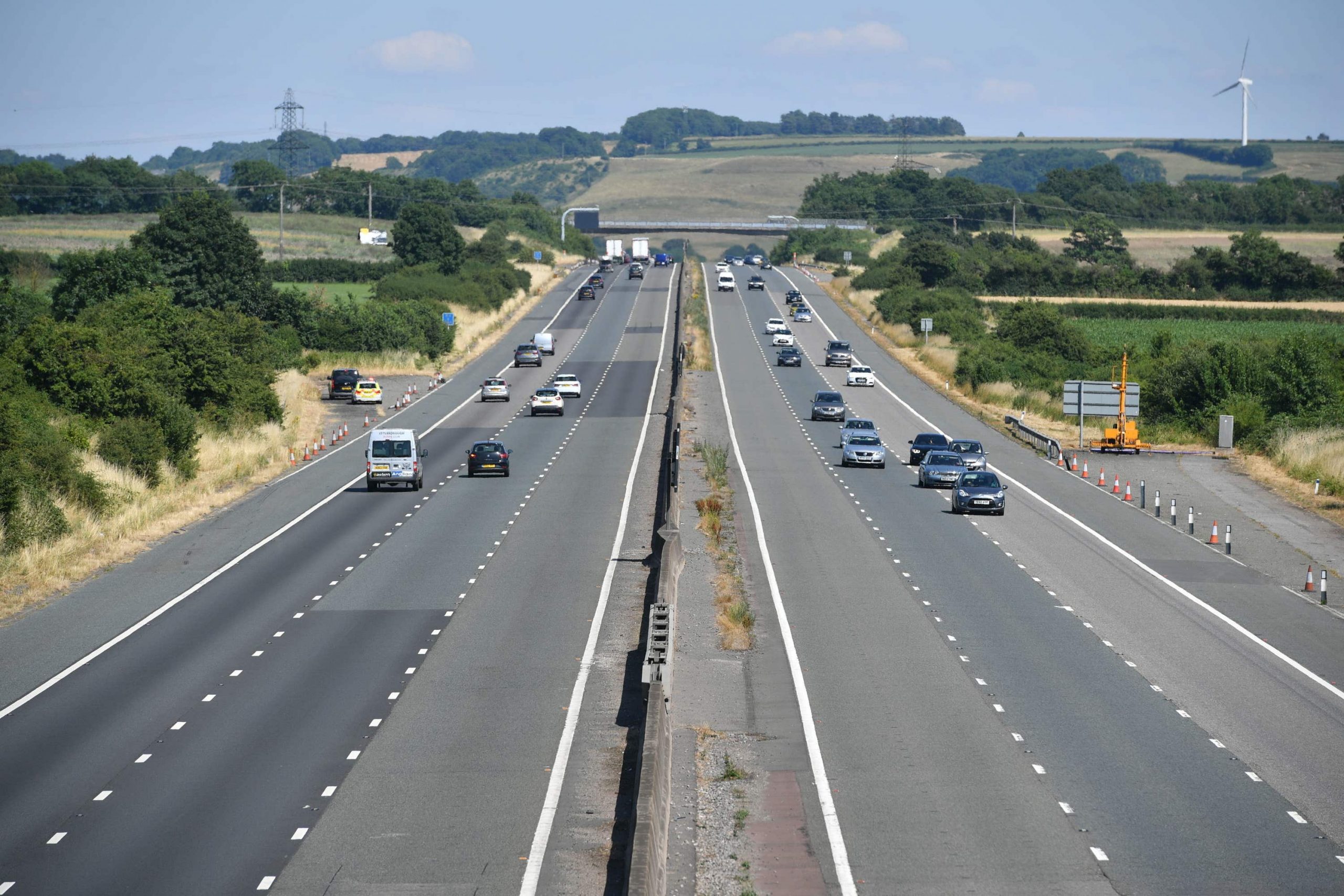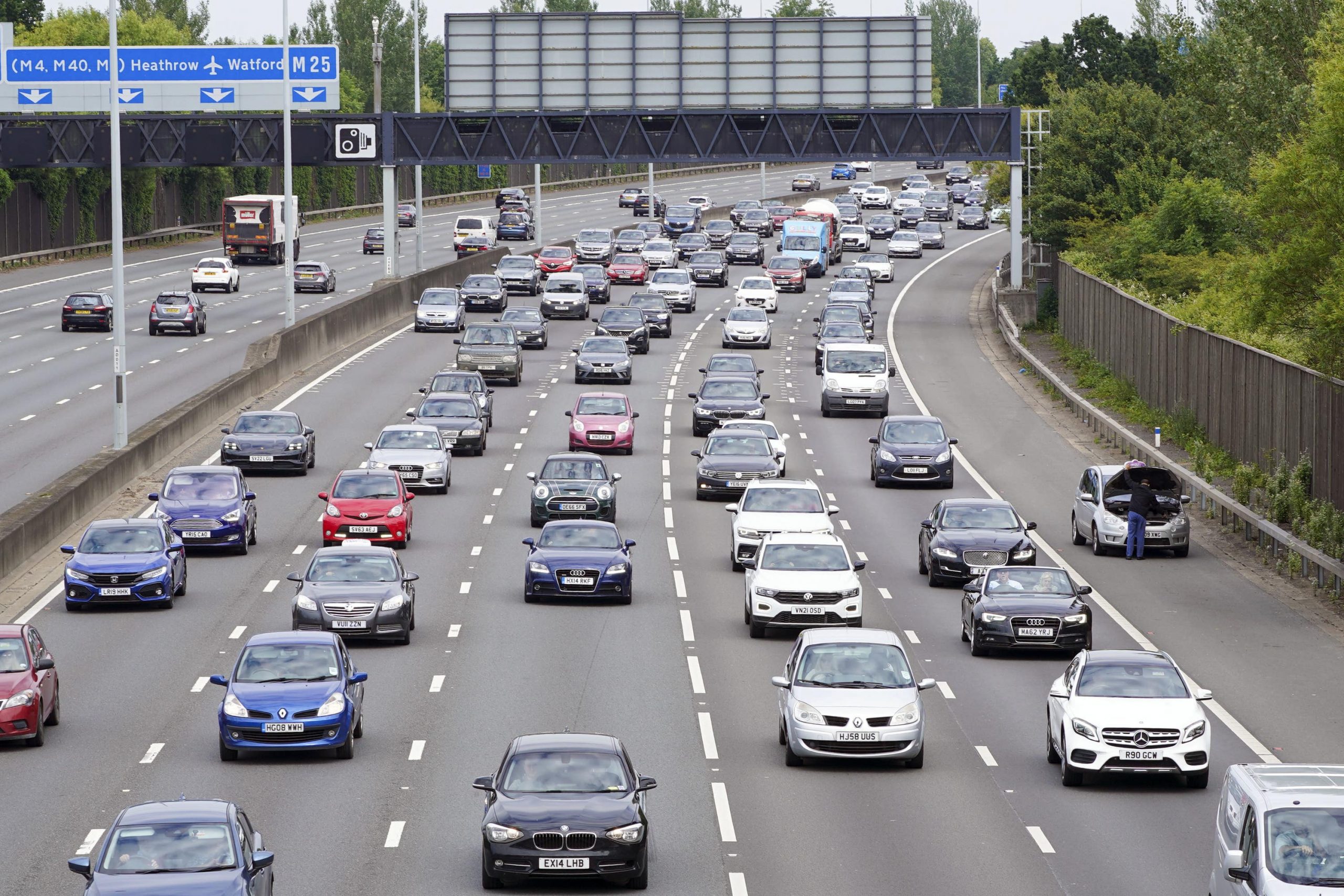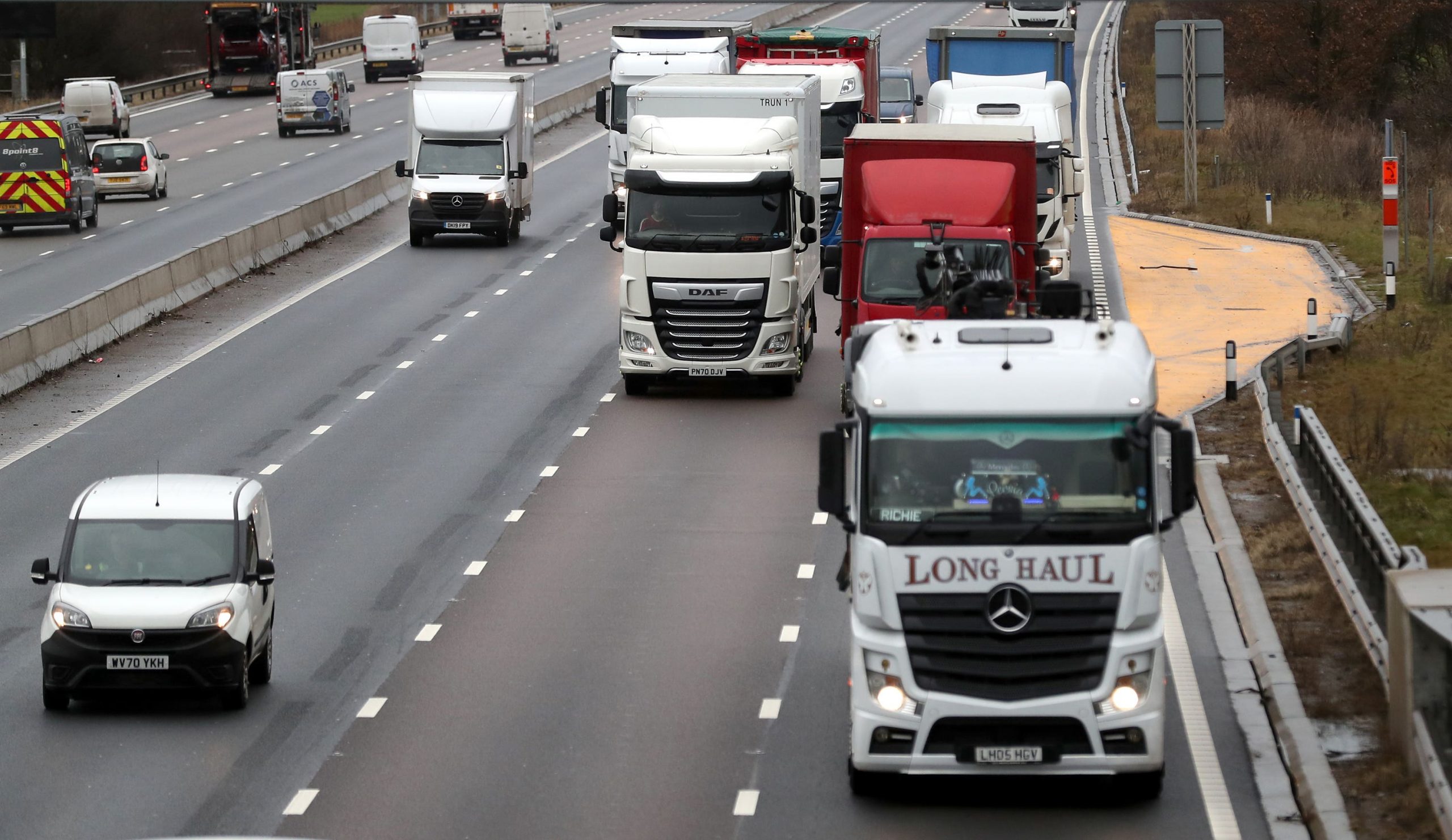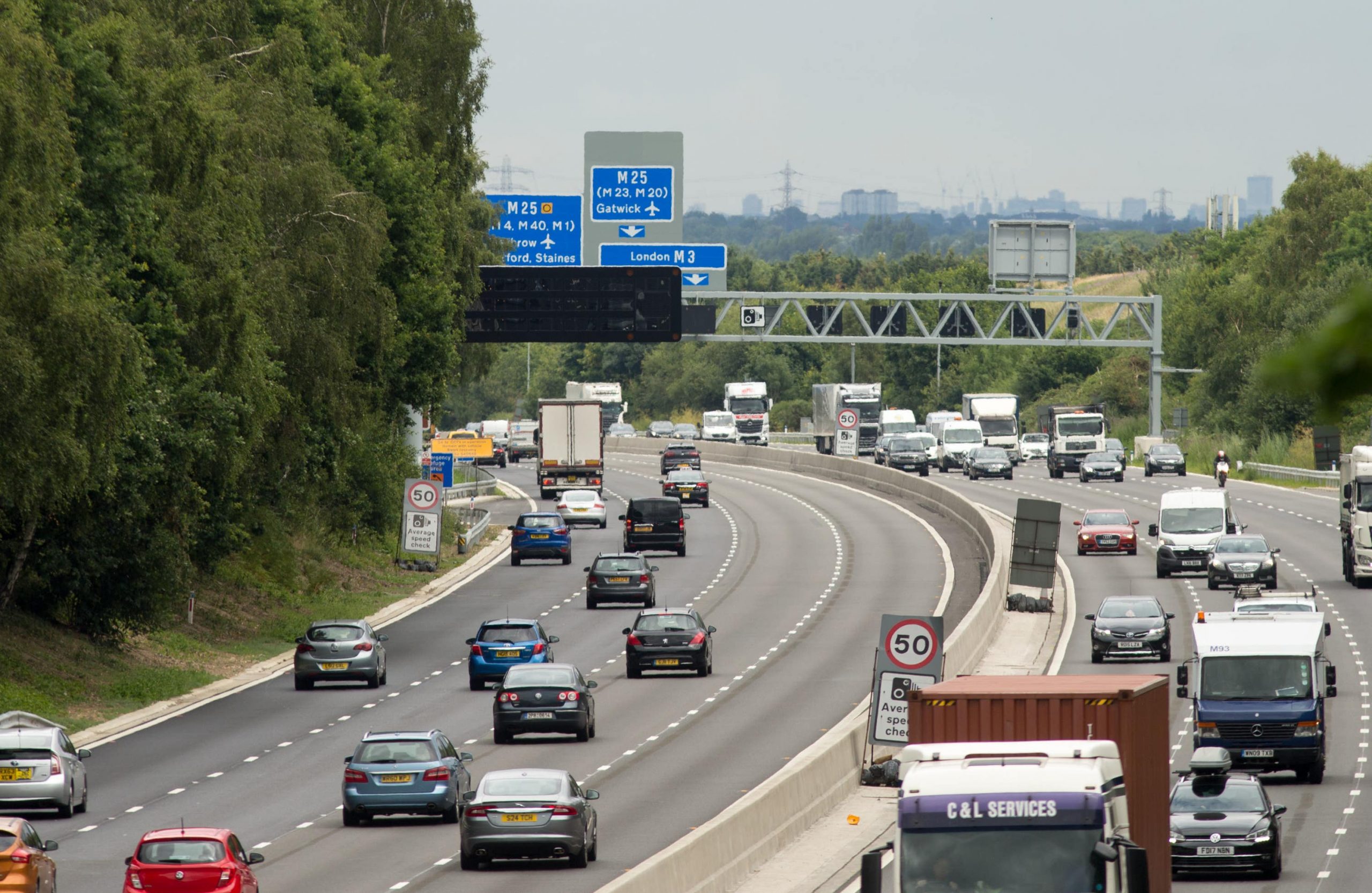A British firm has created a new ‘rapid intervention vehicle’ that can help emergency teams tackle electric vehicle and car park fires.
York-based Prospeed Motorsport has engineered the new vehicle – which is based on a Toyota Hilux but features an entirely new chassis – to help fire teams to effectively deal with car fires.
Called the Hiload 6×6 Rapid Intervention Vehicle (RIV), it features a 3,000kg payload – almos triple that of a regular Hilux – which helps it to carry a new Coldcut Cobra system designed specifically for extinguishing EV fires.
It uses a high-pressure lane to fire ‘abrasive’ suspended in water which pierces a hole in the EV’s floor pans and injects water at 300bar – more than 100 times the pressure you’d find in a normal car tyre. By doing so, it’s able to fire water through the car’s battery module casing, allowing it to col the battery down and prevent a fire from spreading.
However, unlike alternatives which require thousands of litres of water to be pumped into a vehicle, this system could prevent fire from spreading using just 240 litres. This also represents just 20 per cent of the vehicle’s water tank capacity.
The six-wheeled setup of the Hiload means that crews can tackle fires in more challenging or off-grid locations, all while carrying more crew, water and equipment than a ‘normal’ response vehicle.
The Hiload is currently being trialled in the Czech Republic, with this model designed specifically to deal with EV fires and help with ‘fast response occupant extraction’.
The vehicle, which is assembled in York, can also be acquired as a 6×6 conversion module so that buyers can complete final assembly in their own country or location.









